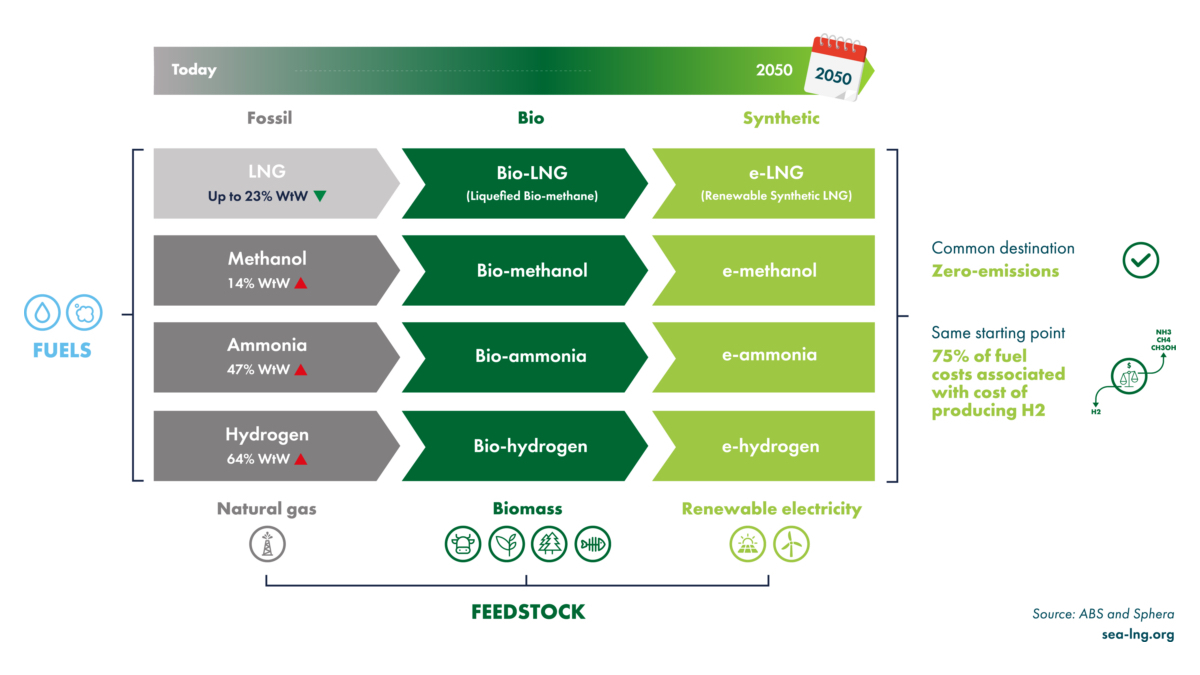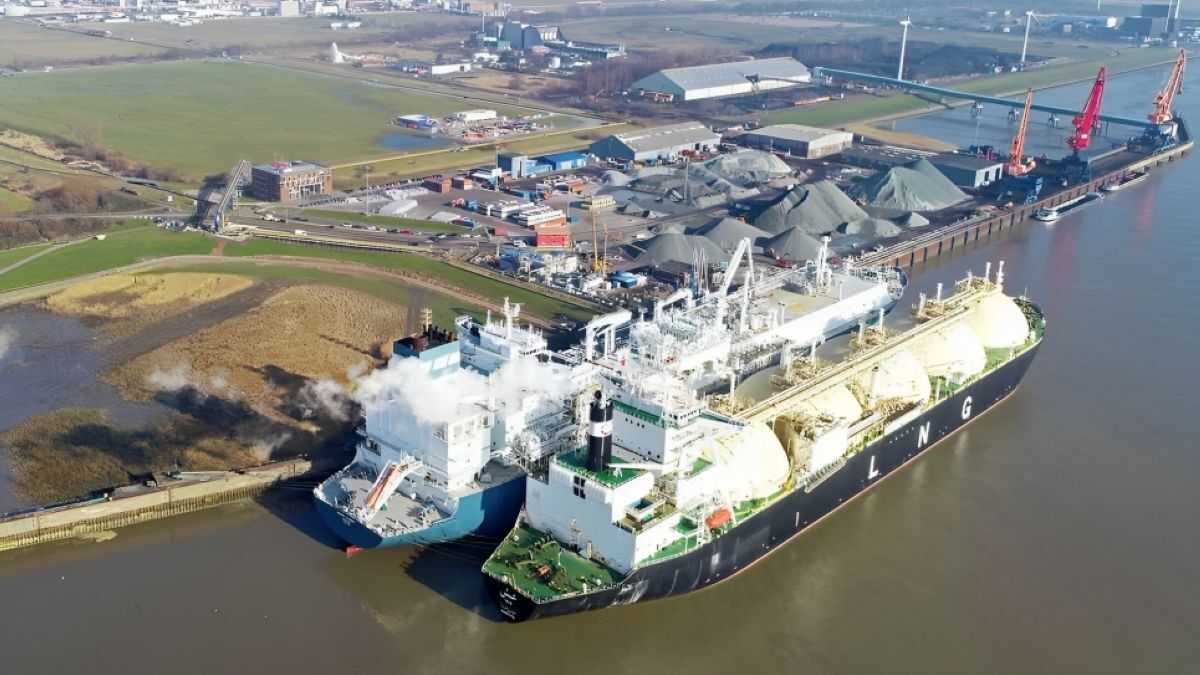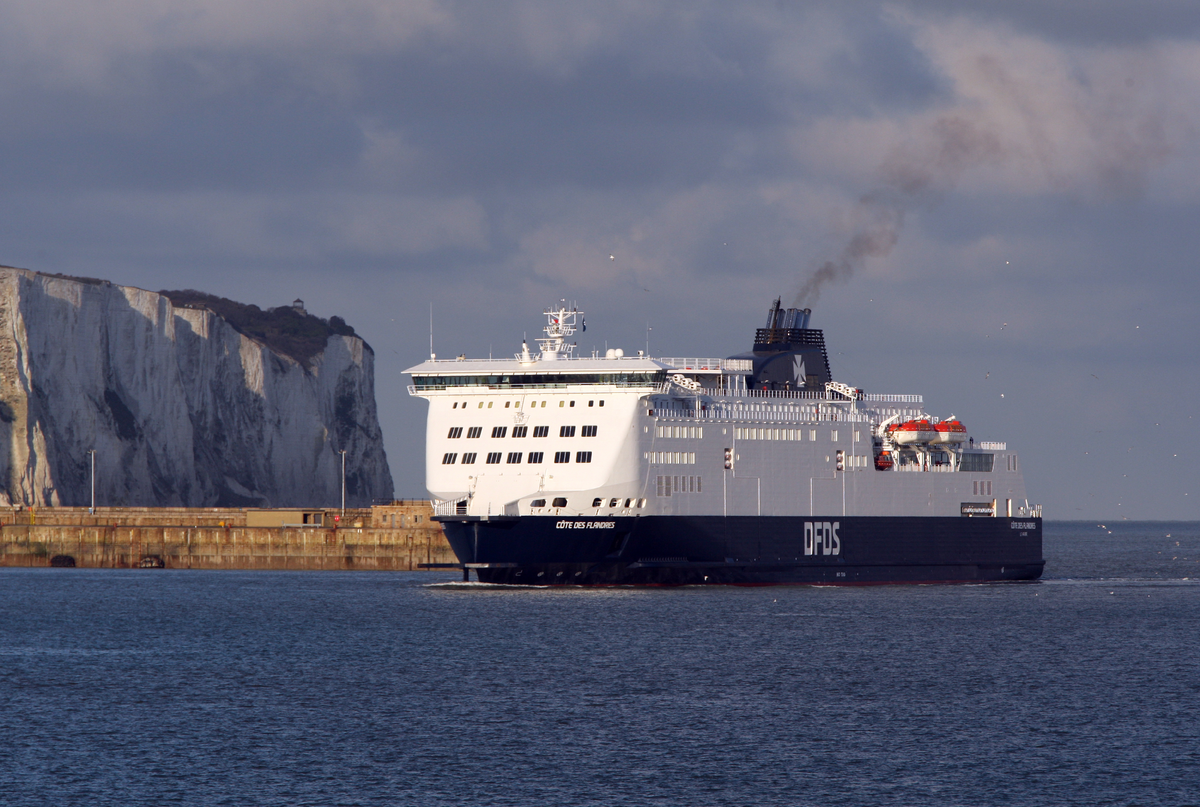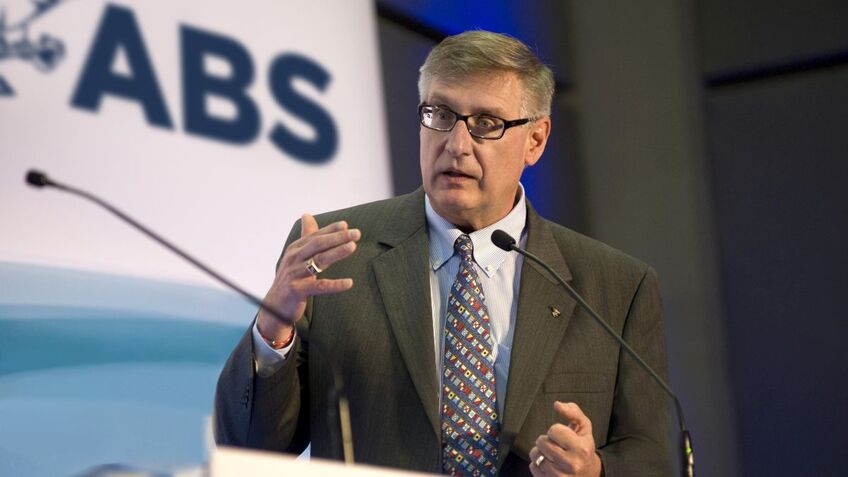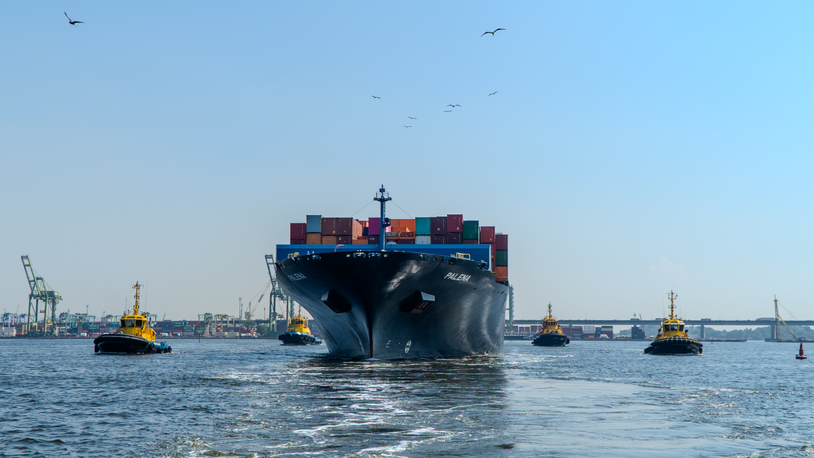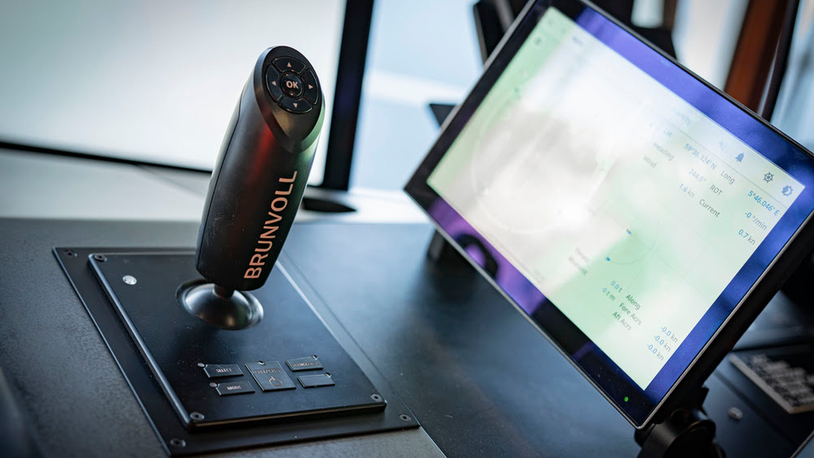Business Sectors
Events
Contents
Register to read more articles.
Invest with confidence in LNG dual-fuel tonnage, says SEA-LNG executive
Following agreement on IMO’s net-zero framework for 2050, shipowners can be confident in using LNG as one potential pathway to decarbonisation
With IMO agreeing to a net-zero framework to 2050 to reduce greenhouse gas (GHG) emissions from international shipping at MEPC 83, shipowners can be confident in investing in LNG dual-fuel tonnage, according to SEA-LNG chief operating officer, Steve Esau.
Commenting on the IMO agreement, Mr Esau said, “While many details need to be decided, this provides a clear decarbonisation framework for the global shipping industry and will enable all fuel pathways, be they methane (LNG), methanol or ammonia, to compete on a level playing field.”
Enabling all fuel pathways to maritime decarbonisation is crucial to remove the threat of investing in stranded assets. LNG dual-fuel tonnage represents the largest segment of alternative fuel-capable vessels in the global fleet.
Of the 2,085 vessels in operation or under construction that can operate on alternative fuels, LNG dual-fuel vessels (1,334) have a 65% share of the global fleet. Methanol, with 403 vessels in operation or on order, is the next largest segment, followed by LPG (272 vessels), hydrogen (40) and ammonia (36), according to DNV Alternative Fuels Insight.
“Shipowners can confidently continue to invest in LNG dual-fuel engine technologies, secure in the knowledge that the LNG, or more accurately, methane pathway to decarbonisation is recognised by IMO,” said Mr Esau. He said LNG’s pathway is “practical, realistic, scalable and low cost compared with those offered by other alternative marine fuels. Critically, on the supply side, the proposed regulations will further incentivise the growth we are seeing in liquefied biomethane bunkering and catalyse additional investments in e-methane.”
The decarbonisation pathway (shown in the accompanying graphic) for LNG dual-fuel tonnage would start with fossil LNG, blend in then transition to bioLNG and culminate with renewable synthetic LNG (e-LNG). Fossil LNG offers an immediate reduction of 23% in greenhouse gas emissions on a well-to-wake basis, even when including methane slip emissions, according to SEA-LNG.
Mr Esau was one of the LNG experts that discussed the LNG decarbonisation pathway during a recent Riviera webinar, LNG as a marine fuel: balancing emissions reduction with long-term decarbonisation goals.
Sign up for Riviera’s series of technical and operational webinars and conferences:
- Register to attend by visiting our events page.
- Watch recordings from all of our webinars in the webinar library.
Related to this Story
Events
Maritime Environmental Protection Webinar Week
Cyber & Vessel Security Webinar Week
The illusion of safety: what we're getting wrong about crews, tech, and fatigue
Responsible Ship Recycling Forum 2025
© 2024 Riviera Maritime Media Ltd.



